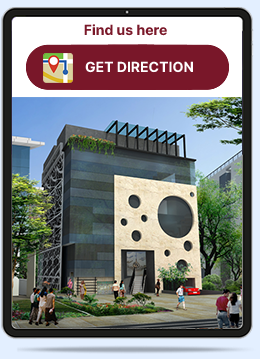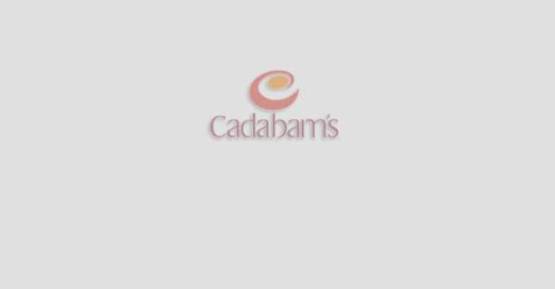Table of Content
Attention-Deficit/Hyperactivity Disorder (ADHD) in Children
ADHD is a chronic condition that is characterized by things such as difficulty sustaining attention, hyperactivity, and impulsive behavior. This affects many millions of children all around the world, and in a lot of cases continues well into their adulthood. They have faced troubled relationships and low self-esteem, and generally, also perform poorly in their academics. Unfortunately, ADHD doesn’t have a cure, but treatment can help with a lot of the symptoms and can make a huge difference in how they come off as.
What is ADHD or ADD?
There is a line that exists between a child forgetting to do their homework occasionally, daydreaming away in class, acting without really thinking about the consequences, and being fidgety. But if these symptoms really start to hamper their daily activities and their performance in school, then it is a matter of concern. Inattention, impulsivity, and hyperactivity are also major signs of attention deficit hyperactivity disorder, or ADHD (sometimes even known as attention deficit disorder or ADD).
What does ADHD look like?
The general idea of ADHD is very different from the reality of it all. We picture a kid running around, all out of control and disrupting everyone around them. While of course there are cases as extreme as these, we can never generalize based on this. Some may be hyperactive, and some may sit quietly, while their attention is long, long gone. Some are only mildly inattentive but are very impulsive. The symptoms of hyperactivity and impulsivity as well as inattentiveness are something that needs to be considered when looking at the cases. Inattentive symptoms in children are often ignored since they aren’t being disruptive, but this has a problem later in life when they get into trouble for not doing what needed to be done. It looks different for each child, but the underlying elements remain the same more or less.
3 Types of ADHD in Children
There are three subtypes of ADHD:
- Predominantly inattentive- wherein a majority of their symptoms fall under the inattention category
- Predominantly hyperactive/impulsive- wherein a majority of their symptoms fall under the hyperactive and impulsive category
- Combined- wherein there is a mix of inattentive and hyperactive/impulsive symptoms
Causes of ADHD in Children
The exact cause of ADHD in children is not known to us. However, there are certain factors that may be involved in the development of the disorder. Some of these are:
- Genetics: if a blood relative such as a parent or a sibling already has ADHD, the child is likely to develop it
- Environmental factors: if the child ingests toxins such as lead found in metal chippings and such, the child is likely to be exposed to brain damage
- Maternal drug use: if the mother uses drugs, alcohol, or cigarettes during her pregnancy it can affect the cognitive abilities of the child
- Premature births: if the brain isn’t fully developed at the time of birth, then there is a chance that the child could get ADHD
- Brain damage/alternation: when the child is born with one, it could show early signs of ADHD
ADHD Symptoms in Children
The two facets of ADHD are inattention and hyperactive-impulsive behaviors. In some cases, the symptoms start well before the age of 12, and in extreme cases appear when the child is 3. The symptoms can range, they could be mild, moderate, or even severe, and can persist into adulthood. The ADHD symptoms in children appear differently in boys and girls- boys can be more hyperactive, while girls may tend to be quietly inattentive. This is of course the general pattern, this doesn’t guarantee that all cases need to be this way.
The symptoms of inattention part of the signs of ADHD in children include:
- Failure to pay attention to schoolwork
- Trouble staying focused
- Having difficulty following through with tasks
- Appear to not listen
- Having trouble organizing tasks
- Avoid or dislike tasks that require mental effort
- Are easily distracted
- Forget to do daily activities
The symptoms of hyperactivity include:
- Fidget with their hands and legs
- Be in a constant state of motion
- Have difficulty staying seated
- Run around in situations that aren’t appropriate for it
- Have trouble doing activities
- Talk a lot
- Blurt out answers
- Talk over others
- Have a difficult time waiting for their turns
- Interrupt others
Treatment for Attention-Deficit/Hyperactivity Disorder
Standard treatment for ADHD, in children, as well as adults, generally involves medication, education, development of skills as well as psychological counseling. In most cases, the psychiatrist will prescribe a combination of all of these, but of course, it will depend on the particular case and how extreme it really is. The treatments help manage many symptoms of ADHD, and allow the person to live a decent life overall- but sadly, there is no cure for ADHD yet. There is usually a time of trial to see what works best for you, so the treatment is something that has to be undertaken with time and patience.
How Cadabam's Help you for Addiction?
- 410+ Professional Consultants
- 1,00,00+ Happy Faces
- 120+ Currently Seeking Treatments









